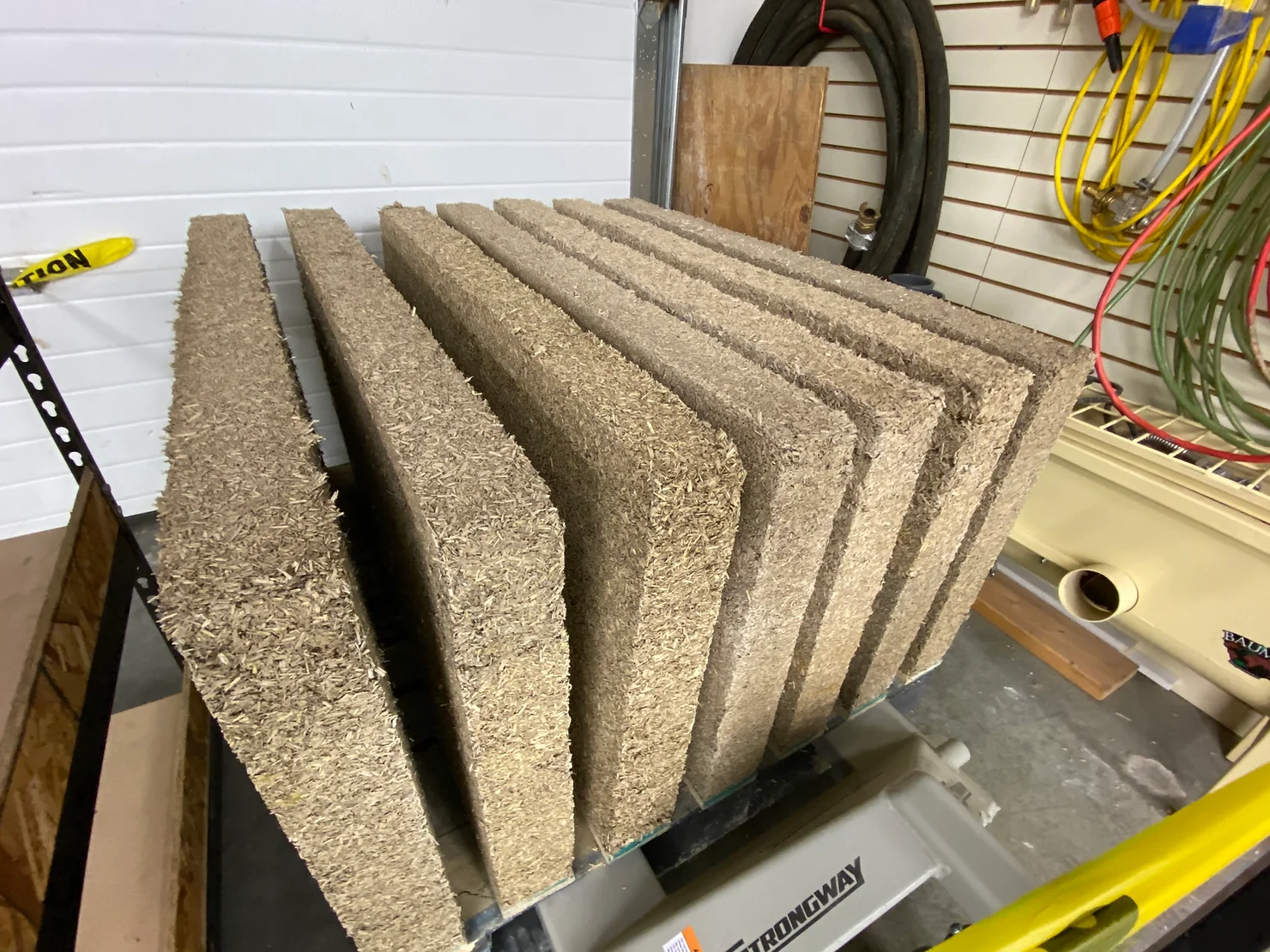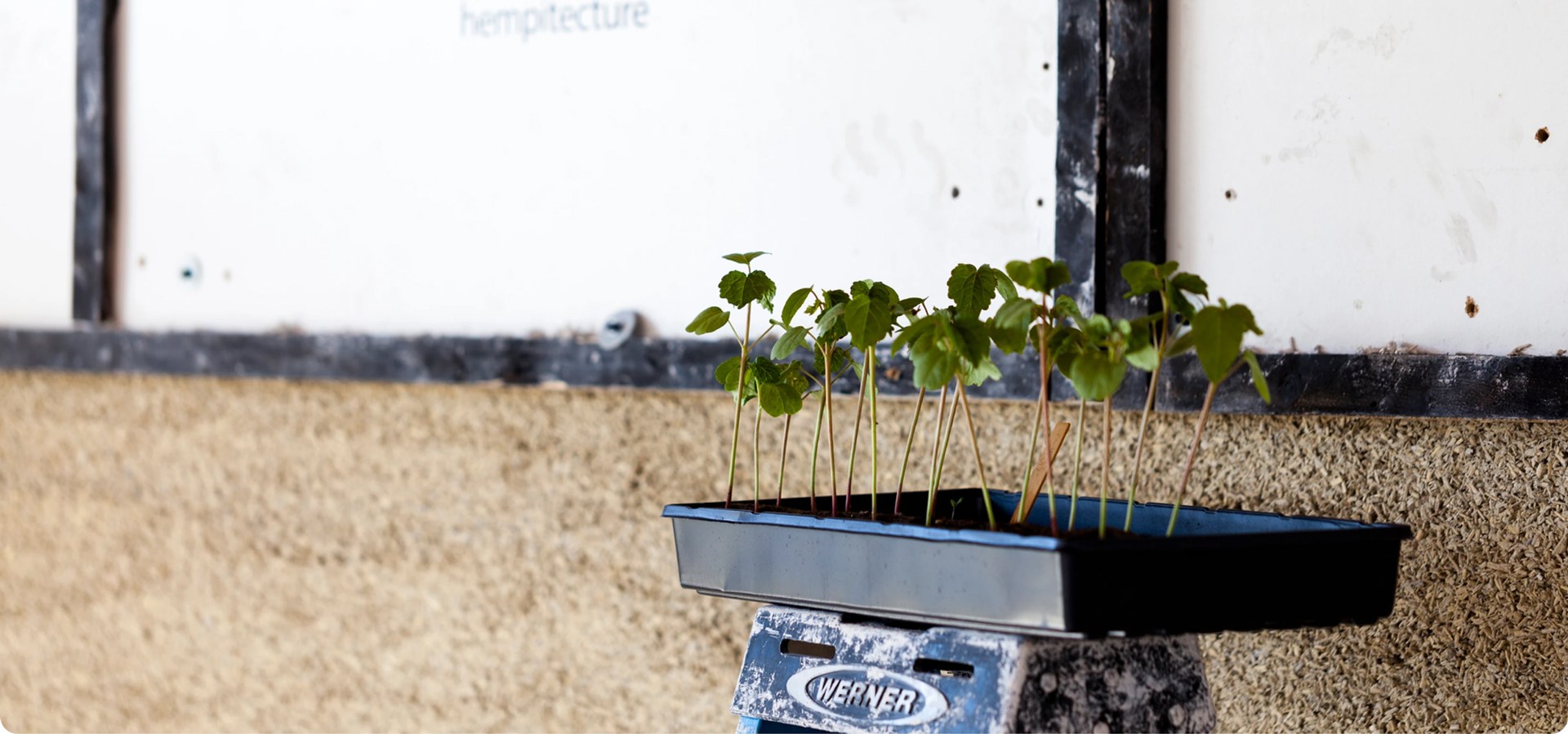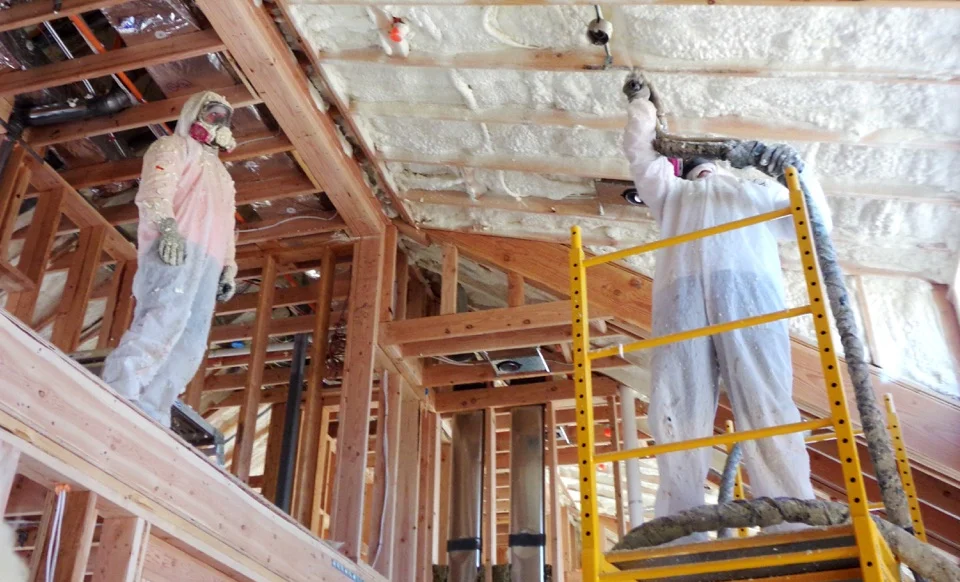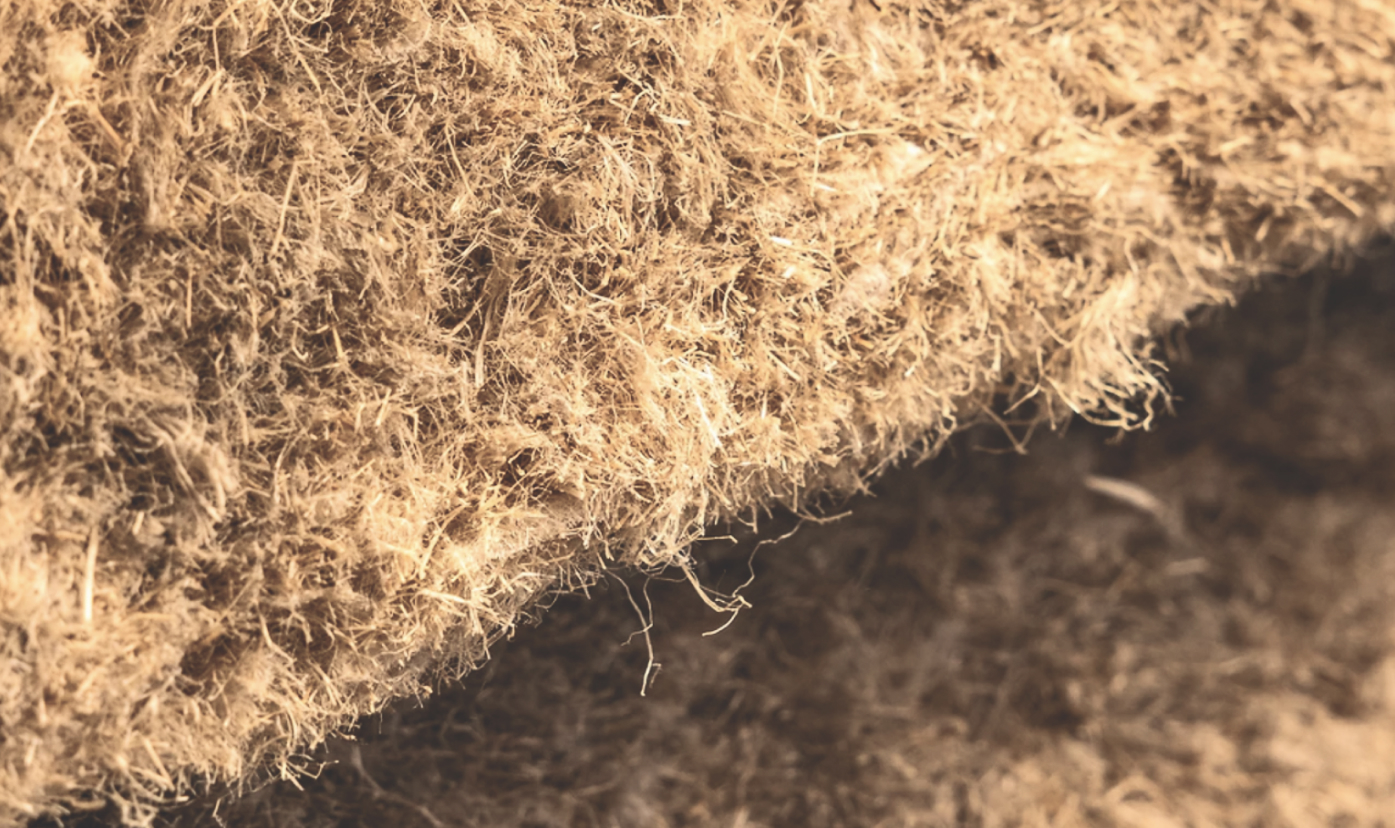Updated: Oct 21, 2022
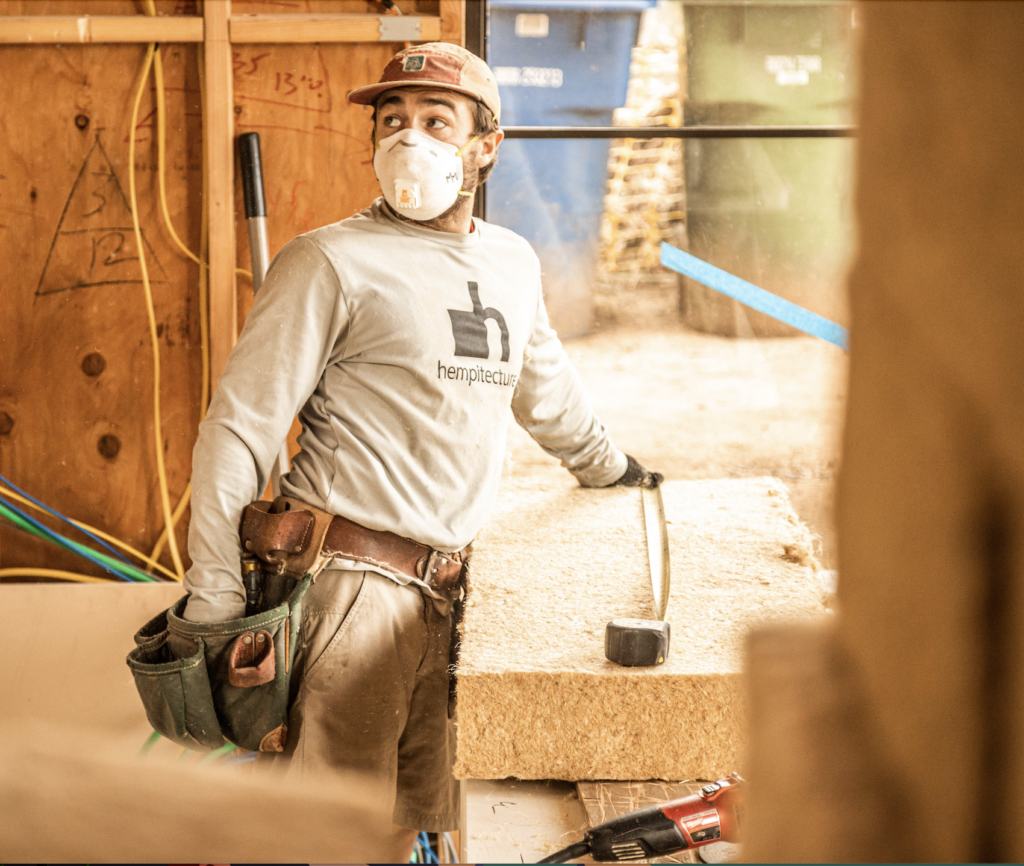
Insulating a home is one of the most important steps in the construction process. Insulation helps maintain a desirable temperature inside the home and goes a long way towards lowering the monthly energy bills. It can also help prevent moisture intrusion, mold damage, insect damage, and other types of deterioration from occurring.
However, not all insulation is created the same. For example, there are healthy and unhealthy types of insulation. Insulation can be biodegradable and eco-friendly or it does not biodegrade and contains carcinogenic additives like formaldehyde — like many types of standard fiberglass insulation installed before 2015.
Thankfully, there are more eco-friendly types of insulation being invented and rediscovered every day, with hemp being one of the best types of non-toxic insulation. There are, however, other types of eco-friendly insulation as well.
Comparing 4 Non-Toxic, Eco-Friendly Insulation Options
In case you’re in charge of insulating homes, let’s take a look at the best types of healthy insulation and how they stack up against each other:
1. Cork
If you’re wondering what is the safest insulation to use, cork is definitely up there with the best of them. Cork is a natural material that comes from the bark of a certain type of oak tree found in North Africa and the Mediterranean.
Cork is one of the most eco-friendly types of insulation because there isn’t any damage done to the trees while harvesting the cork. Corks trees can be harvested up to 20 times per tree and they live to be hundreds of years old.
Cork also doesn’t need any type of artificial chemical binders added during production, so it is biodegradable and able to be easily disposed of at the end of its lifetime. The binders used in the production of cork are made from recycled cork and produced with steam, meaning the whole process is about as clean as it gets.
Cork is more expensive than synthetic options but tends to pay off its cost over its nearly 50-year life span. Cork comes in rigid boards that can be easily installed with nails, staples, glue, or other fasteners. At current time, cork is very expensive and difficult to source, as it is manufactured internationally and imported to the US.
2. Cellulose
Cellulose is one of the best non-toxic insulation types on the market. It’s sourced from a variety of places, but it ultimately encompasses anything derived from plant material. Newspaper, denim, cotton, and other similar materials can be shredded and packed into walls after chemicals have been added to make them more fire-retardant.
One of the downsides of cellulose is that it’s not typically moisture-proof, which makes it vulnerable to mold. It is a cheap and rather eco-friendly option, though, when compared with many others on the market.
The chemical binders used in the production of cellulose insulation are no more toxic than laundry detergent, which is to say, perfectly suitable as insulation. Cellulose is installed by packing it into a space, much like fiberglass batts. A trade off for cellulose insulation is that over time, cellulose is prone to slumping in the cavity which could lead to energy loss in locations such as under the top framing plates
3. Sheep’s Wool
Sheep’s wool is expensive, but it’s one of the safest insulation types for homes. Sheep’s wool comes from, you guessed it, sheep.
Sheep’s wool grows at an incredible rate and the only thing used in the production of the wool is a pair of clippers. Wool is priced at a premium, so sheep’s wool is one of the more expensive insulation options.
One of the best things about sheep’s wool is that it can actually help filter your air, as opposed to causing off-gassing concerns like other common insulation types. Also, not only is sheep’s wool resistant to mold, it actually absorbs water and then releases it, actively helping you manage moisture in your home. Sheep’s wool is easily installed by blow-in or loose-fill, much like fiberglass and cellulose. Unfortunately, because sheep wool has to be cleaned of oily residues, and facilities for this aren’t common in the US, most sheep wool is imported from New Zealand, contributing to a higher carbon footprint and supply chain challenges.
4. Hemp Insulation

When it comes to the safest non-toxic home insulation, hemp is the leading material. Companies like Idaho-based Hempitecture provide hemp insulation that is top of its class in terms of eco-friendliness, non-toxicity, cost, and durability. Hempitecture is the only company to source US-grown hemp fiber and manufacture hemp insulation in the US.
Currently, Hemp insulation may cost more than traditional fiberglass insulation. but makes up for that cost over the long run with its other high-performing benefits. Hempitecture HempWool® is non-toxic and biodegradable. It doesn’t irritate the skin like other insulation and is resistant to fungus and mold as well.
Hemp is also carbon-negative, meaning it will reduce the carbon footprint of your construction project. Some projects can have caps on them as far as how high the carbon footprint is allowed to go so if that’s the case for you, hemp is the best choice.
With the launch of Hempitecture’s US manufacturing facility, Hempitecture is working to make HempWool® more cost competitive, while also meeting all relevant US codes and standards.
HEMPITECTURE Makes the Highest Quality Hemp Insulation

Hemp is easy to install and safe to the touch. It comes in panels and installs just as easily as the other options on this list. Hemp insulation from Hempitecture fits tight and creates a better thermal envelope than many materials, resulting in a higher level of overall energy efficiency.
If you want the safest, most efficient material to use as insulation, get in touch with Hempitecture today for a free quote.
